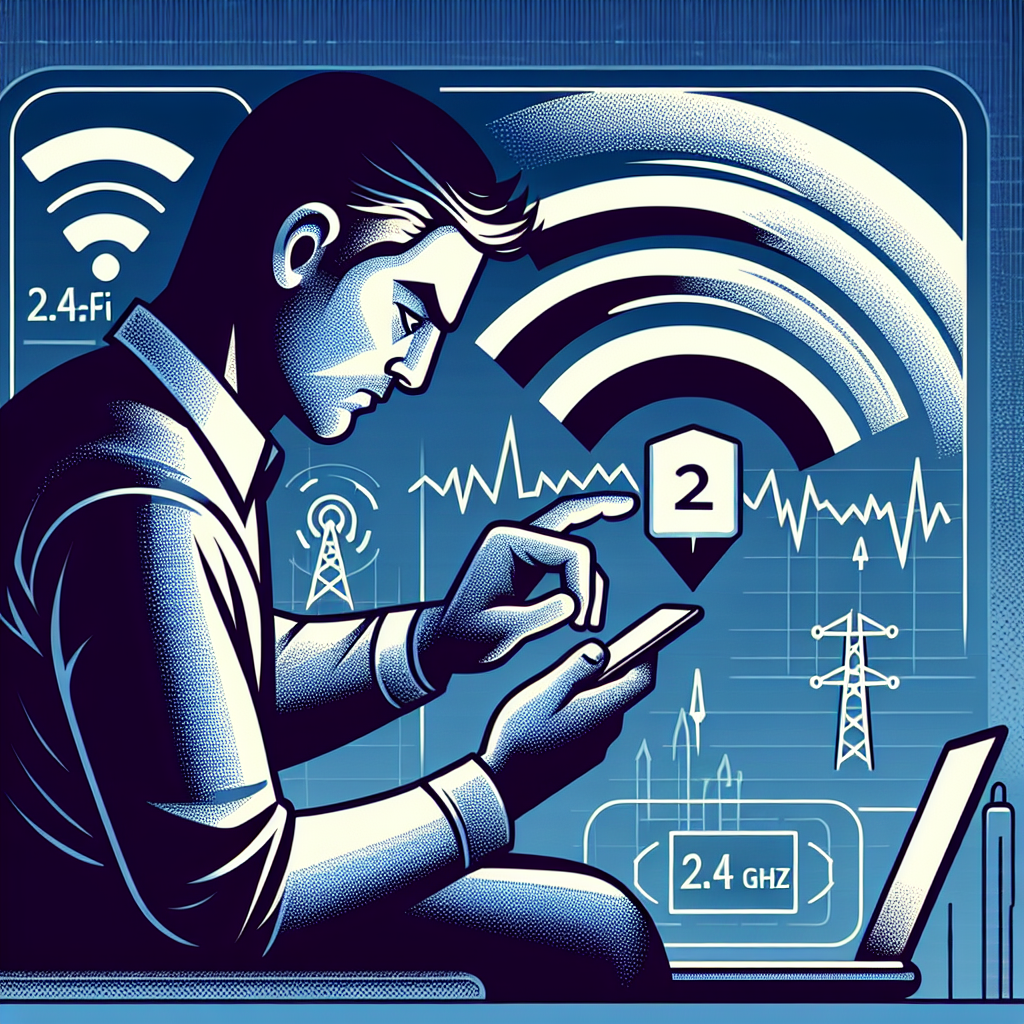Guidelines for Safe EV Charging at Home: Essential Tips for Electric Vehicle Owners
As the popularity of electric vehicles (EVs) continues to rise, understanding the guidelines for safe EV charging at home becomes crucial for every EV owner. This article dives deep into practical and essential safety measures that ensure efficient and secure charging at your residence.

Understanding the Risks of Home EV Charging
Charging an electric vehicle at home is incredibly convenient, but it does come with specific risks. Without proper installation and use, home charging can lead to electrical hazards, such as short circuits, equipment failure, and even fire hazards. Understanding the potential risks is the first step to ensuring safe charging practices.
1. Choose the Right Charging Equipment
Using the appropriate charging equipment is vital to ensuring safety during home EV charging. Here are key points to consider:
- Level of Charge: Determine whether you need a Level 1 (120V) or Level 2 (240V) charger based on your vehicle's requirements and your daily driving habits.
- Certified Equipment: Always purchase charging stations that have been certified by relevant standards such as Underwriters Laboratories (UL) and meet the specific requirements of your EV model.
- Quality Cables: Use high-quality charging cables that are specifically designed for your EV. Avoid using frayed or damaged cables as they pose safety risks.
2. Professional Installation is Key
Hiring a licensed electrician for the installation of your home EV charging unit can significantly enhance safety. Consider the following aspects:
- Electrical Assessment: A professional will conduct a thorough assessment of your home’s electrical system to ensure it can handle the additional load.
- Proper Grounding: Ensuring that your charging station is properly grounded minimizes the risk of electrical shock and fire.
- In compliance with Local Codes: A professional installation ensures compliance with local electrical codes and safety regulations, reducing liability and risks.
3. Location Matters
The location of your charging station is crucial in ensuring safe charging practices at home. Here are a few guidelines:
- Indoors vs. Outdoors: If placing your charging station outdoors, ensure it is rated for outdoor use to withstand weather conditions. If indoors, make sure there is adequate ventilation.
- Distance from Water Sources: Position the charging unit away from sources of water to minimize hazards, such as flooding and rain.
- Accessibility: Choose a convenient location that provides easy access to the vehicle while having enough space to avoid clutter around the charging area.
4. Monitor Your Charging
Active monitoring of your charging sessions ensures safety and maximizes efficiency. Consider the following:
- Smart Chargers: Invest in smart charging units that allow you to control and monitor your charging sessions from a mobile app. These devices can alert you to any issues.
- Regular Inspections: Routinely inspect your charging equipment for wear and tear, including the plug, cable, and any connection points.
- Temperature Checks: Monitor the temperature of the charging unit during the charging process. Overheating is a significant indicator that something is wrong.
5. Safe Charging Practices
Implementing safe charging practices while using your EV charger can prevent accidents:
- Don’t Charge Overnight: While many choose to charge overnight, consider setting a timer or charging during the day when you can monitor the system.
- Avoid Overloading Circuits: Ensure dedicated circuits for your EV charger to prevent overloading other electrical loads in your home, which could lead to tripped breakers or electrical fires.
- Unplug After Charging: After charging is complete, unplugging the charger prevents potential hazards and increases the life of your equipment.
6. Education and Awareness
Educating yourself and other household members about EV charging safety is invaluable. Consider these actions:
- Read Manuals: Always read and understand the manuals provided with your EV and charging equipment.
- Safety Courses: Participate in safety courses or workshops focused on EV maintenance and charging best practices.
- Emergency Preparedness: Establish a plan in case of an emergency related to charging, including knowing the location of your electrical panel and the process for shutting off electricity.
7. Keep Informed on Updated Regulations
Stay informed about local regulations and guidelines regarding EV charging. This includes:
- Building Codes: Abide by local building codes and electrical codes applicable to EV charging installations.
- Utility Guidelines: Many utility companies provide guidelines and incentives for safe EV charging practices. Check for any updates regularly.
- Safety Standards: Be aware of the latest safety standards from organizations like the National Fire Protection Association (NFPA) and the American National Standards Institute (ANSI).
Conclusion
Ensuring safe EV charging at home is not just a matter of convenience but also of electrical safety. By following these guidelines—selecting the right equipment, ensuring professional installation, placing the charger in an appropriate location, actively monitoring your charging sessions, and keeping informed about regulations—you can enjoy the benefits of electric vehicle ownership while maintaining a safe charging environment.
New posts

How Cities Are Adapting to Electric Vehicle Charging: Innovations and Strategies
Sustainability

Emerging Trends in Electric Vehicle Charging Standards: What to Watch for in 2024
Sustainability

The Future is Bright: EV Charging and Home Solar Panel Integration Explained
Home Improvement







Popular posts

How to Reset Your EV Charger: A Comprehensive Guide
Home Improvement
DIY Guide to Installing a Wallbox: A Step-by-Step Approach
DIY

Exploring the Latest EV Charging Station Design Trends
Technology Trends

Future Trends in Public EV Charging: What to Expect in the Coming Years
Sustainability

Insights from the Frontline: Interviews with EV Charging Industry Experts
Interviews

Understanding the Difference Between AC and DC Chargers: Key Insights
Energy Efficiency

EV Charger Firmware Updates: What You Need to Know
Firmware-Updates

The Future of EV Charging Stations and Smart Grid Integration: Transforming Energy Management
Sustainability

Breakthroughs in Wireless EV Charging: The Future of Electric Mobility
Innovation

EV Charging Myths vs Facts: Debunking Common Misconceptions
Sustainability